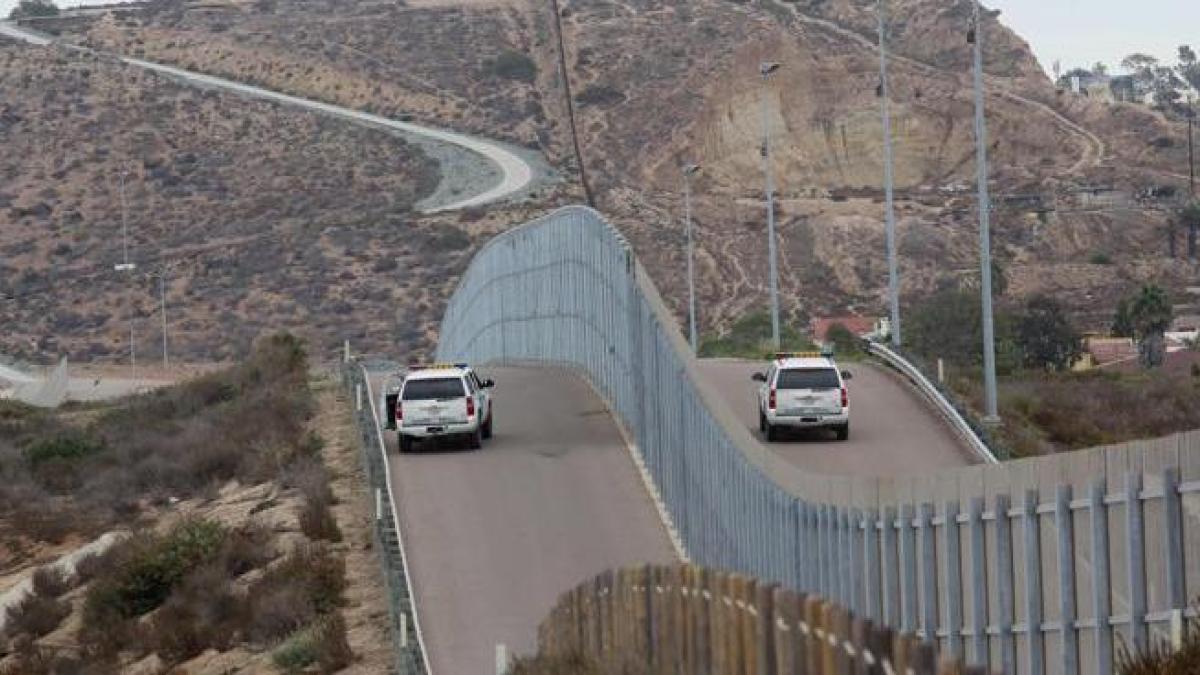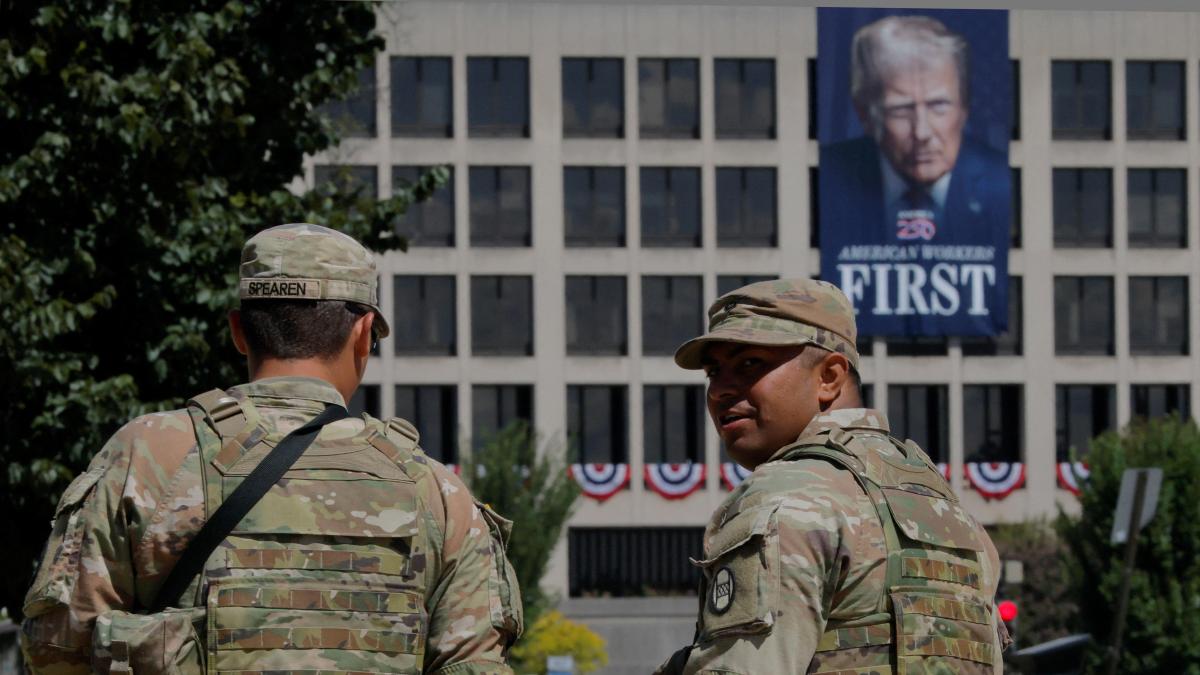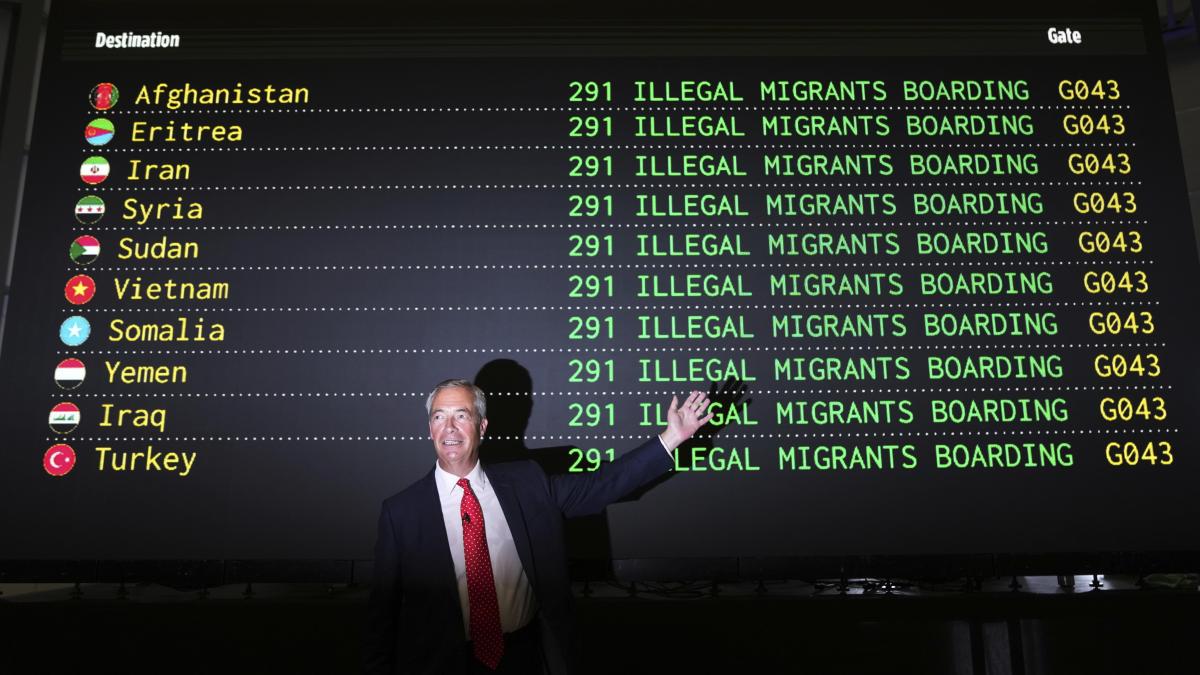Trump’s Controversial Move to Declare National Emergency for Mass Deportations
In a bold and shocking declaration, President-elect Donald Trump has confirmed his plans to invoke a national emergency as part of his sweeping mass deportation strategy. This unprecedented act aims to mobilize the United States Armed Forces in what he promises will be the largest deportation operation in history. Using his social platform, Truth Social, Trump responded to activist Tom Fitton, who had suggested there were reports detailing Trump’s intent to activate the military for this controversial initiative. “It’s true!” Trump proclaimed, sparking intense debate across the nation.
A Looming Crisis of Immigration Policy
With an estimated 11 million undocumented immigrants living in the U.S., Trump’s ambitions are nothing short of extraordinary. His mass deportation plan, which some analysts predict could target up to 15 million people, represents a dramatic escalation of the immigration enforcement policies he championed during his first term. This new strategy reflects a return to the kind of militarized responses to immigration that characterized earlier, more controversial policies.
The ‘Border Czar’ and the Reinvention of ICE
Leading the charge will be Tom Homan, appointed as the “border czar.” Known for his role in enforcing tough immigration policies in Trump’s first administration, Homan’s plans include a complete reform of Immigration and Customs Enforcement (ICE) to facilitate the rapid deportation of undocumented immigrants without traditional procedural safeguards. “We’re going to take the handcuffs off of ICE,” Homan has vowed, appealing to those who believe that stricter enforcement is essential for national security.
Empowering the Military
In a striking shift, Trump suggests mobilizing the National Guard—typically reserved for natural disasters and civil unrest—to assist in deportations. This concept harkens back to historic operations of mass deportation, particularly the Eisenhower-era “Operation Wetback” of the 1950s. “We will carry out the largest domestic deportation operation in American history,” Trump has promised, leaving many questioning the legal ramifications of deploying military forces for immigration enforcement.
Legal and Ethical Concerns
The implications of such a national emergency declaration have not gone unnoticed. Numerous civil rights groups, including the American Civil Liberties Union (ACLU), are raising alarms over the legality of mobilizing the military against civilians in this context. Critics argue that declaring a national emergency under false pretenses undermines the principles of democracy and the rule of law.
Constitutional Challenges Ahead
Furthermore, Trump’s plans to fundamentally alter the rights of asylum seekers could face significant hurdles in both legal and social contexts. His desire to strip citizenship rights from children of undocumented immigrants contradicts the established interpretations of the 14th Amendment, which guarantees citizenship to anyone born on U.S. soil. Accomplishing such an overhaul would require an unprecedented legislative effort and likely face fierce opposition from both parties.
Social and Economic Fallout
Yet beyond the immediate controversies lies the economic reality. Experts warn that Trump’s proposed plan may not only be unworkable but could also destabilize critical sectors of the economy. A study conducted by the Brookings Institution and Peterson Institute for International Economics suggests that the implementation of these policies could decrease GDP significantly, harming the very communities that Trump claims to protect. With many undocumented immigrants serving in essential roles across housing, agriculture, and service industries, a mass deportation could result in severe labor shortages.
Public Sentiment and Resistance
The polarization of American public opinion on immigration has reached fever pitch. While Trump’s core supporters enthusiastically back his hardline stance, significant portions of the population are vehemently opposed, fearing a return to the traumatic separations of families that marked the Trump administration’s first term. Emotional testimonies from families affected by his policies reveal the devastating impact of enforced immigration measures.
Conclusion: A Nation on the Brink
As Trump sets the stage for a divisive and potentially harmful policy approach, the nation stands at a crossroads. Will the United States embrace an unprecedented military operation against its own civilian population? Or will widespread resistance and ongoing legal challenges force a reevaluation of these drastic measures? The coming months promise to be a contentious period that will shape the future of immigration policy in America for years to come.















